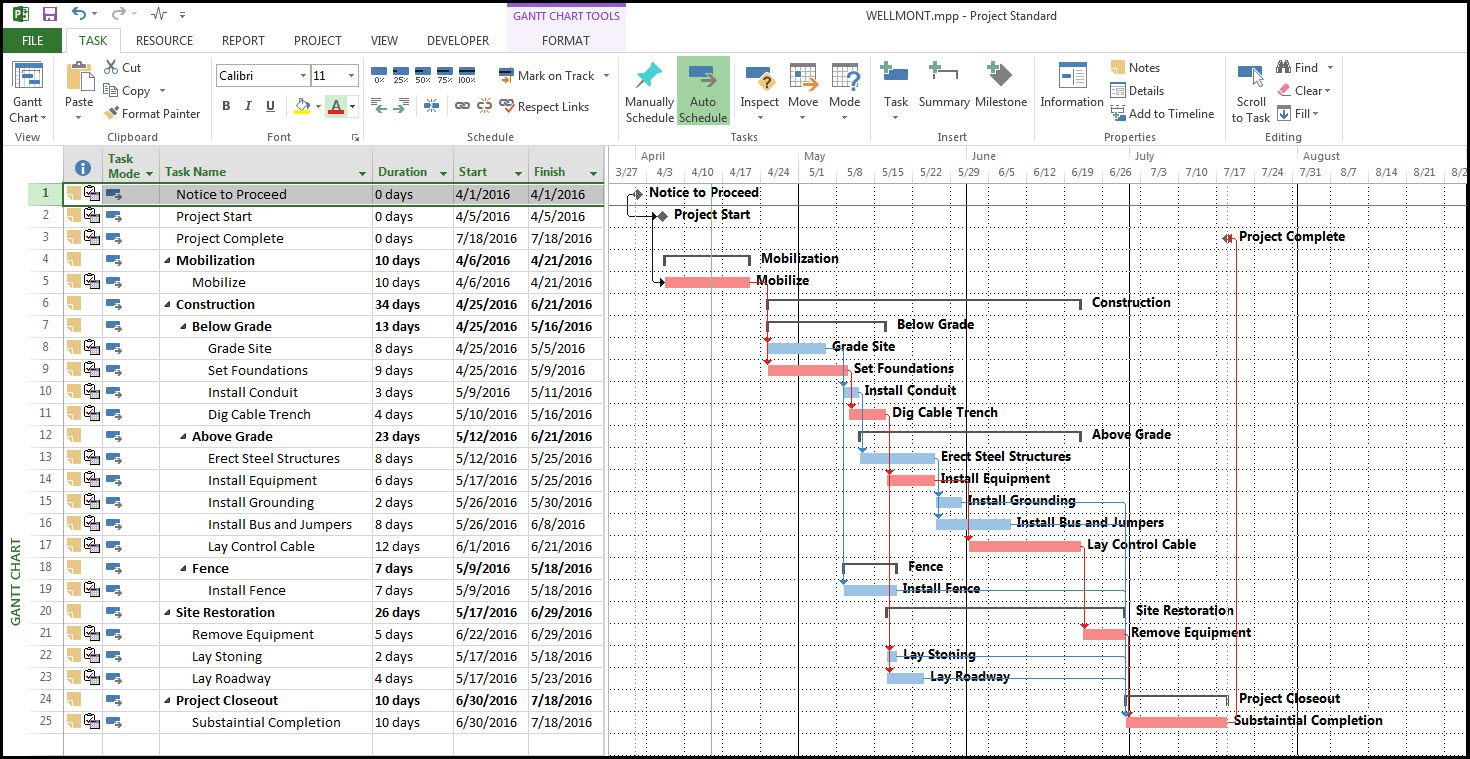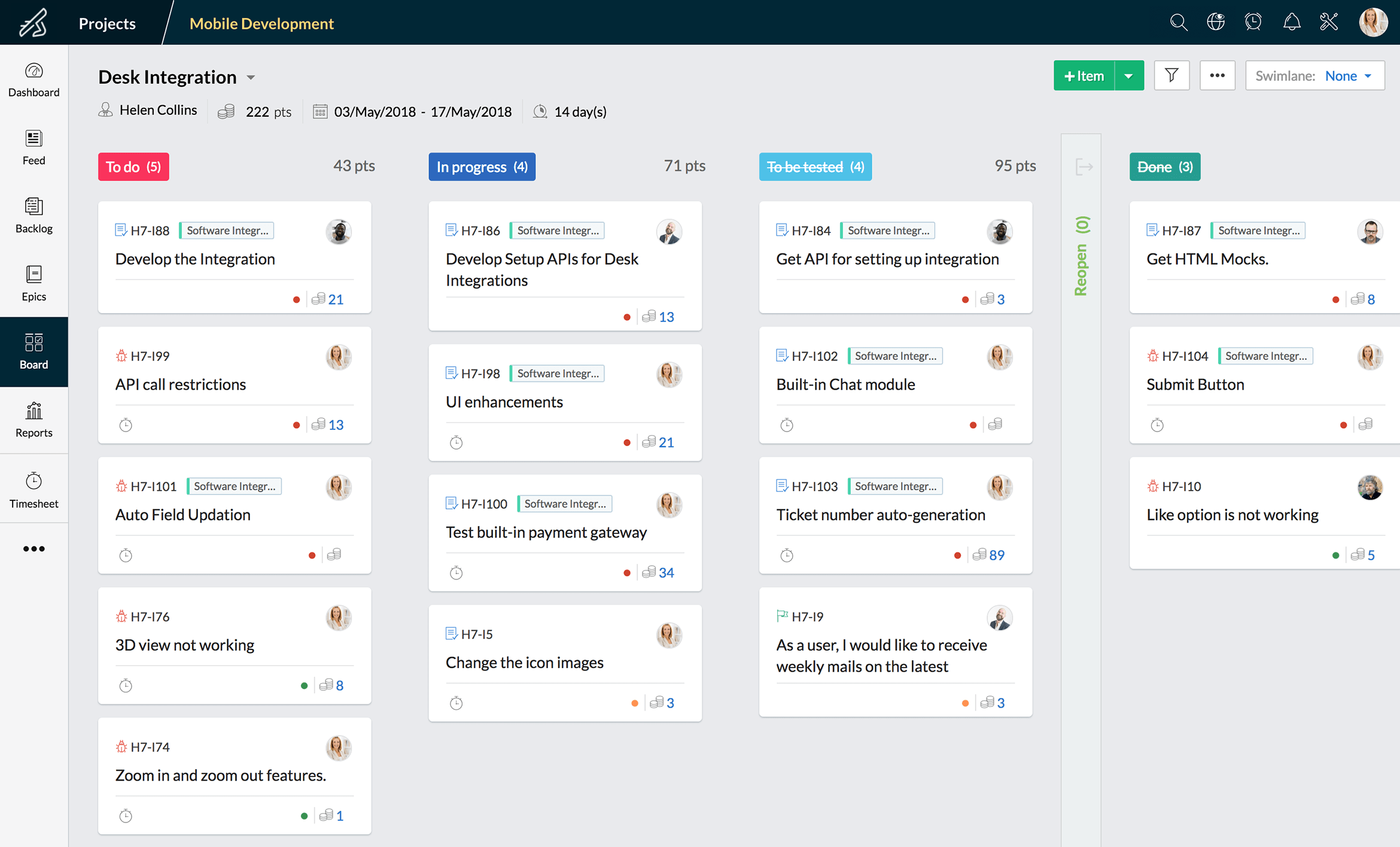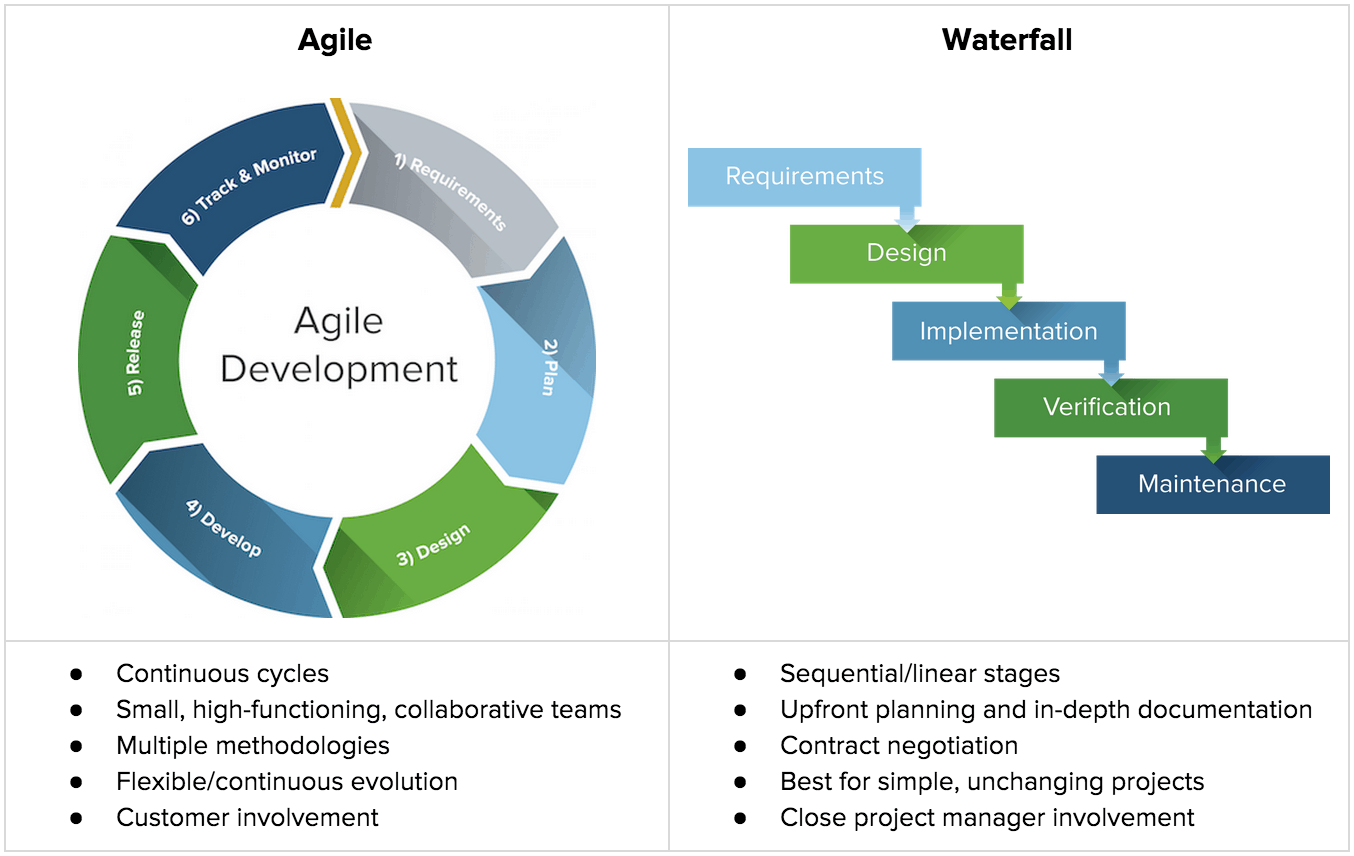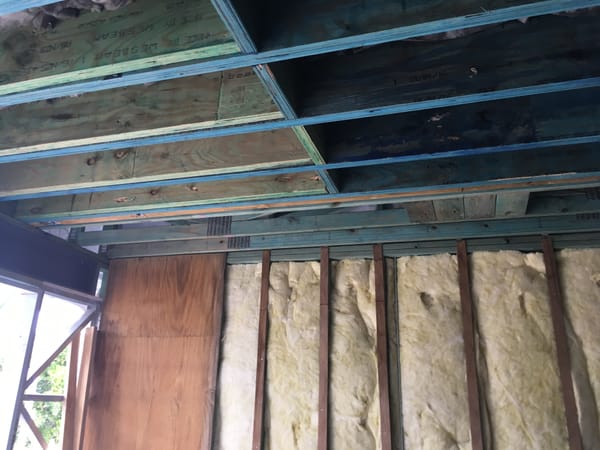Ever wondered if using an agile approach could help speed up and improve your homebuilding projects?
The short answer is maybe. Agile project management is all the rage these days in software development, but does it translate to constructing houses?
As a homeowner embarking on a renovation or custom build, you might have questions about how agile methods work and whether they could save you time, money and headaches.
In this article, we'll break down what exactly agile project management is, how it differs from traditional project management, and whether its iterative approach suits residential construction. While agile can increase flexibility and reduce waste, it may not mesh well with the sequential nature of building a house. There are also challenges around contracts, budgets and managing tradespeople. However, some custom homebuilders are finding ways to adopt agile principles to deliver better outcomes.
The key is figuring out where agile fits for you - and where it doesn't. So get ready to learn why agile project management could work (or not work) for building your dream home.

What Is Agile Project Management?
Agile project management is an iterative approach that focuses on flexibility, collaboration, and continuous improvement throughout the project lifecycle. Rather than a rigid plan, agile methods embrace adaptability to changing requirements. Work is done in short cycles, with frequent reviews and adjustments.
How Agile Differs From Traditional Project Management
Traditional project management relies on a linear or waterfall model with strict upfront planning and requirements definition. In contrast, agile emphasises adaptability, collaboration, and evolution. Requirements and solutions emerge through experimentation and learning. Teams work together in an interactive, collaborative fashion. There is flexibility to change direction quickly based on feedback.
When Should You Use Agile?
Agile works best for complex, innovative projects where flexibility and adaptability to change are important. It suits knowledge-based work that would benefit from frequent collaboration and course corrections. Agile may struggle with highly regulated environments or where strict upfront planning is mandated.
Does Agile Work For House Building?
Agile could work for certain aspects of residential construction, such as the design phase. The ability to incorporate homeowner feedback and make changes iteratively may lead to better outcomes. However, construction itself still requires detailed planning, fixed materials purchasing, and coordination across trades. Safety regulations and inspections also demand rigid controls.
So while agile philosophies could benefit parts of the process, traditional project management may be better suited to coordinate the actual build. A hybrid approach, using agile where flexibility is possible and more plan-driven methods where required, could achieve the best results.

How Agile Project Management Differs From Traditional Project Management
Agile project management takes a very different approach than traditional waterfall project management. With agile, the project is broken into short phases of work called “sprints”, typically 1-4 weeks. At the end of each sprint, the team reviews what they’ve accomplished and re-evaluates priorities. This flexible and iterative process allows for quicker changes in direction and a stronger focus on continuous improvement.
Some key differences in the agile approach:
- Requirements and solutions evolve through collaboration. Instead of locking in requirements upfront, agile teams work together with the client to better understand their needs and find the right solutions.
- Work is done incrementally. Rather than delivering everything at once, agile teams deliver working software in stages, enabling changes to be made along the way based on testing and feedback.
- Teams are cross-functional and self-organising. Bringing together all the skills needed to complete the work, agile teams determine the best way to achieve their goals themselves.
- There is continuous testing and integration. Agile teams test early and often, fixing issues as they go and integrating their work with the rest of the project.
- Flexibility and adaptability are key. Agile methods value responding to change over rigidly following a plan. Priorities can change quickly, and agile teams are able to adapt.
For residential construction, agile methods could work for some parts of a project but likely not as an end-to-end approach. While collaboration and adaptability are useful, the scale and complexity of house building requires a level of upfront planning and design. Safety, compliance and quality also demand strict controls. So, a hybrid model may be most suitable, using agile techniques where flexibility provides benefits but maintaining more traditional practises where strict requirements exist.

When to Use Agile vs. Traditional Project Management
When it comes to managing a house-building project, you'll need to decide whether an agile or traditional project management approach is better suited. Here are some factors to consider:
Timeline
Agile project management works best when requirements and timelines are flexible. If you need to complete construction within a tight deadline, a traditional approach may be preferable. With agile, the end date is hard to define upfront since the scope evolves over time based on customer feedback.
Budget
For a fixed budget, traditional project management allows for careful upfront planning to control costs. Agile works better if you have some budget flexibility and want to maximise value. Using agile, you can make changes during the process to suit the budget, adding or removing features as needed.
Customer Involvement
If customer input throughout the project is important, agile shines. The agile methodology embraces change and encourages customer feedback to shape the end result. With a traditional approach, the initial scope and requirements are largely set at the beginning, with limited room for customer feedback to significantly impact the plans.
Complexity
For a complex house build with many unknowns, an agile approach may suit better. It allows for adapting to issues as they arise and changing priorities. For a straightforward build, the upfront planning of a traditional methodology can help ensure all requirements are addressed efficiently.
In the end, for a residential house construction project, a hybrid of the two approaches may work well. Using a traditional methodology for the overall timeline, budget, and major milestones but adopting an agile mindset for certain stages of the build or specific features can provide the right balance of control and flexibility. The key is choosing the right approach for your unique project and priorities.

Does Agile Work for Residential House Construction in Australia?
Agile may struggle with the highly regulated nature of building standards and approvals. Strictly following local council rules and building codes is not flexible or open to change. Safety and quality criteria must be met regardless of agile principles. Handing over the keys at the end also marks a definitive end point, unlike software which can continue to release updates post-launch.
While still relatively new, agile shows promise for improving collaboration and reducing waste in residential construction. When combined with a more traditional “waterfall-lite” approach for compliance, handover and final testing, agile project management could help build houses more efficiently in Australia. More case studies are still needed, but for the right projects and with the right mindset, agile construction may be worth experimenting with.

The Pros and Cons of Using Agile for Building Houses
Agile project management has some benefits for house construction, but also some significant drawbacks to consider:
Flexibility
Agile methods mean projects can adapt quickly to changes. In housing, requirements often evolve during building. Agile's iterative approach, with frequent reassessments, means houses can be modified more easily. However, agile's flexibility relies on close collaboration and trust between all parties. This can be challenging on large, complex building projects.
Early Value
Agile focuses on delivering the working parts of a project early. For house building, this could mean finishing rooms or floors sooner. However, construction work is often highly interdependent. Finishing parts early may not be practical or could reduce efficiency.
Continuous Improvement
Agile projects make small changes to optimise the process. In house building, teams can identify and fix issues quickly, and refine techniques over multiple houses. However, making changes during construction can be difficult and expensive. It may be better to apply lessons learned to future projects.
Additional Costs
Agile methods require more upfront analysis and planning to define the scope. For house building, this could mean higher design and pre-construction costs. Additional resources are also needed to support agile project management. This may not suit tight budgets or timelines.
Lack of Upfront Certainty
Agile projects evolve over time based on feedback. For home buyers and builders, the lack of a fixed scope and end date may be too uncertain. Buyers usually want to know what they're getting and when it will be ready before construction starts.
In summary, while agile project management has benefits, residential construction may require a hybrid approach. Combining agile and traditional methods could provide the right balance of flexibility, efficiency and certainty for building dream homes.
Conclusion
While agile project management can work wonders for software development and other fast-paced projects, it may not be the best approach for building a house.
House construction typically requires meticulous planning, strict regulations and fixed deadlines which don't always align with an agile mindset. That said, certain agile principles like collaboration, adaptability and iterative development can still enhance the house-building process.
The key is finding the right balance between structure and flexibility. If you're building a home, take the time to evaluate different project management approaches to determine what will work for your unique needs and situation.
What's right for one project may not suit another, so keep an open and agile mind (we couldn't resist the pun)!







